In the hushed corners of our collective imagination, there lurks a spectral figure that has long haunted the minds of many: “The Hat Man.” Described as a shadowy humanoid with a wide-brimmed hat, this enigmatic entity has appeared in countless accounts across cultures, leaving a trail of spine-chilling tales in its wake. But who or what is The Hat Man? Is it a figment of our deepest fears or something more sinister?
In this blog post, we embark on a journey into the realm of the unexplained, delving into the lore and legends that surround The Hat Man. From chilling encounters in the dead of night to eerie tales passed down through generations, we’ll explore the origins of this mysterious being and attempt to shed light on its elusive existence.
Are these encounters a mere product of sleep-induced hallucinations, a psychological manifestation of our deepest anxieties, or could there be a grain of truth in the lore that suggests something otherworldly? Join us as we venture beyond the boundaries of the known and into the shadows of the unknown to uncover the truth behind The Hat Man. Prepare to enter a world where reality blurs with the supernatural, and where the line between fact and fiction becomes ever more obscure.
Who or What is The Hat Man?
“The Hat Man” is a term used to describe a mysterious and unsettling phenomenon experienced by some individuals, particularly during episodes of sleep paralysis or other altered states of consciousness. The Hat Man is described as a shadowy, humanoid figure wearing a wide-brimmed hat, often appearing in the periphery of one’s vision or standing at the foot of their bed.
People who claim to have encountered The Hat Man often report feelings of fear, dread, and a sense of malevolence emanating from the entity. These encounters are typically associated with sleep disturbances, such as sleep paralysis, a condition where a person is temporarily unable to move or speak while falling asleep or waking up.
There have been various theories and speculations surrounding The Hat Man phenomenon. Some believe it is a product of the mind during sleep paralysis episodes, a hallucination triggered by the brain’s confusion between dream and wakefulness. Others interpret it as a result of shared cultural archetypes or folklore, akin to the concept of “the boogeyman” in different cultures.
It’s important to note that the Hat Man encounters are subjective experiences, and not everyone has encountered such a figure during sleep paralysis or other altered states of consciousness. The phenomenon lacks scientific evidence, and interpretations of the encounters often depend on personal beliefs, cultural influences, and psychological factors.
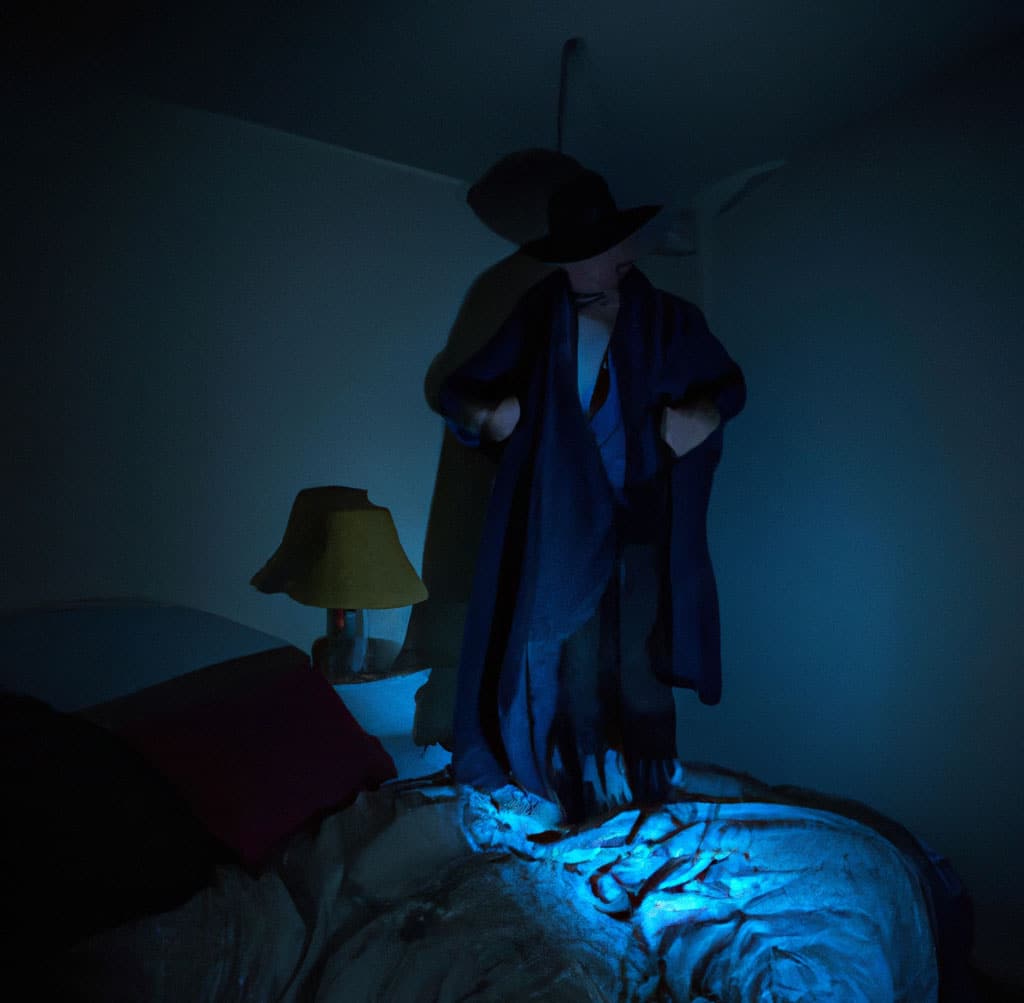
When will you see the hat man?
Experiences of seeing the Hat Man vary among individuals, and they often occur in specific contexts such as during sleep paralysis or other altered states of consciousness. Here’s how people typically describe seeing the Hat Man:
- Sleep Paralysis: Many encounters with the Hat Man are reported during episodes of sleep paralysis. Sleep paralysis is a state where a person is partially awake but finds themselves temporarily unable to move or speak. During these episodes, individuals may experience vivid and sometimes terrifying hallucinations, including the appearance of the Hat Man.
- Darkened Rooms: The Hat Man is often reported to be seen in darkened rooms, especially at night. The figure may appear at the periphery of vision or in the corner of the room, adding to the sense of unease and fear.
- Shadowy and Indistinct Areas: The Hat Man is typically described as a shadowy, humanoid figure. It is often difficult to see specific facial features or distinguishing characteristics due to the lack of light and the rapid onset of fear or panic during such encounters.
- During Feelings of Fear and Malevolence: People who encounter the Hat Man often report intense feelings of fear, dread, and malevolence emanating from the entity. The presence of the Hat Man is associated with a sense of impending danger or an evil presence.
- Short-lived Encounters: Hat Man encounters are typically brief and fleeting. They may last only a few seconds or a few minutes, but the impact on the individual can be long-lasting, leaving them shaken and disturbed by the experience.
It’s important to note that while many encounters with the Hat Man are reported during sleep paralysis, not everyone who experiences sleep paralysis encounters this specific figure. Additionally, the Hat Man phenomenon lacks scientific evidence, and explanations for these encounters often depend on individual beliefs, cultural influences, and psychological factors. Some attribute it to hallucinations and sleep-related phenomena, while others interpret it through a paranormal or supernatural lens.
Understanding Sleep Paralysis
Sleep paralysis is a sleep disorder that can cause a person to temporarily experience a state of muscle paralysis while falling asleep or waking up. It occurs when the brain and body are not in sync during the transitions between different stages of sleep, particularly during rapid eye movement (REM) sleep.
During REM sleep, which is a stage of deep sleep associated with vivid dreaming, the brain becomes highly active, but the body’s muscles are typically paralyzed to prevent acting out dreams and to keep the body still during sleep. In sleep paralysis, this normal muscle paralysis persists even as the person starts to wake up or regain consciousness, leading to a state where they are mentally awake but physically unable to move or speak.
Features of sleep paralysis include:
- Paralysis: The individual is unable to move voluntary muscles, such as arms, legs, or even facial muscles. This paralysis can be total or partial.
- Consciousness: Despite the paralysis, the person remains fully conscious and aware of their surroundings. They can perceive sights, sounds, and sensations in their environment.
- Hallucinations: Sleep paralysis is often accompanied by vivid and sometimes terrifying hallucinations. These can be auditory, visual, or tactile, and may involve sensing a presence in the room, feeling pressure on the chest, or seeing shadowy figures like the Hat Man phenomenon.
- Fear and Anxiety: Experiencing sleep paralysis and its associated hallucinations can be a frightening and distressing experience, leading to feelings of fear, anxiety, and a sense of impending danger.
Sleep paralysis episodes typically last for a few seconds to a couple of minutes, but they can feel much longer to the person experiencing them. After the episode ends, the individual usually regains the ability to move and speak normally. Sleep paralysis is relatively common, and it can affect people of all ages and backgrounds. Certain factors can increase the likelihood of experiencing sleep paralysis, such as irregular sleep patterns, sleep deprivation, insomnia, narcolepsy, and stress.
While sleep paralysis itself is generally harmless, the hallucinations and fear associated with it can be distressing. If sleep paralysis occurs frequently or causes significant distress, it’s essential to consult a healthcare professional or sleep specialist for evaluation and appropriate management.
The Abuse of Benadryl to see the hat man
There have been reports of a concerning trend known as the “Benadryl Challenge” or “Benadryl Trip,” where some young individuals were allegedly misusing or abusing Benadryl to experience hallucinations and altered states of consciousness in attempts to see the hat man. The challenge involved consuming excessive amounts of Benadryl, well beyond the recommended dosage, in an attempt to induce delirium and vivid hallucinations.
In some cases, individuals who took part in the Benadryl Challenge claimed to have seen or interacted with imaginary entities, including figures resembling the Hat Man phenomenon. The Hat Man, being a shadowy, humanoid figure often associated with sleep paralysis and altered states of consciousness, might fit into the hallucinatory experiences reported by those who participated in this risky behavior.
It is crucial to understand that the Benadryl Challenge is extremely dangerous and potentially life-threatening. Benadryl, when taken in excessive amounts, can lead to serious health risks, including seizures, heart problems, and organ damage. Moreover, hallucinations induced by excessive Benadryl use can be terrifying and distressing, leading to long-term psychological effects.
It’s important for parents, caregivers, and educators to be aware of these internet challenges and actively discourage young individuals from engaging in such harmful activities. Proper education on the risks of drug misuse and abuse, including over-the-counter medications like Benadryl, is essential in promoting responsible behavior and safeguarding young people’s well-being. If you suspect that someone you know is involved in substance abuse or harmful challenges like the Benadryl Challenge, it’s crucial to seek professional help and guidance to address the issue promptly.

The Origins of the Hat Man
The origin of the Hat Man story is challenging to pinpoint precisely, as it has evolved over time through various cultural influences and personal experiences. The Hat Man is often considered a part of contemporary folklore and paranormal lore, rather than a specific ancient legend. However, there are some key factors that might have contributed to its development:
- Sleep Paralysis and Hypnagogic/Hypnopompic Hallucinations: Many encounters with the Hat Man are reported during episodes of sleep paralysis, a condition where a person is temporarily unable to move or speak while falling asleep or waking up. During sleep paralysis, individuals may experience vivid and sometimes terrifying hallucinations, which could have contributed to the emergence of the Hat Man phenomenon.
- Shadow People Phenomenon: The Hat Man is sometimes associated with the broader “shadow people” phenomenon, where individuals report seeing shadowy, humanoid figures in their peripheral vision or in darkened rooms. This phenomenon has been reported in various cultures for centuries and might have influenced the development of specific shadowy figures like the Hat Man.
- Internet and Media Influence: In more recent years, the spread of information through the internet and media has likely contributed to the proliferation of the Hat Man stories. Online communities, forums, and social media platforms have provided spaces for people to share their experiences, leading to increased awareness and discussion of the phenomenon.
- Urban Legends and Folklore: The concept of shadowy figures and mysterious entities has been present in various cultures’ folklore and urban legends for generations. The Hat Man might be considered a modern manifestation of these archetypes.
It’s important to note that the Hat Man encounters are subjective experiences, and interpretations of the phenomenon can vary significantly from person to person and across different cultural contexts. As with many paranormal and supernatural phenomena, the origin of the Hat Man story is a complex interplay of psychological, cultural, and societal factors that have shaped its existence in contemporary folklore.
Movies Based on the Hat Man
There have been movies and documentaries that explore similar themes or entities resembling the Hat Man phenomenon, such as shadowy figures or sleep paralysis.
Some movies and documentaries related to sleep paralysis and shadowy figures include:
- “The Nightmare” (2015): Directed by Rodney Ascher, this documentary explores the experiences of individuals who suffer from sleep paralysis. It includes reenactments of their terrifying encounters, including encounters with shadowy figures.
- “Dead Awake” (2016): This horror film, directed by Phillip Guzman, revolves around sleep paralysis and features a supernatural entity that haunts people during their bouts of sleep paralysis.
- “Mara” (2018): This horror film, directed by Clive Tonge, follows a criminal psychologist investigating a series of deaths related to sleep paralysis. The film delves into the legend of the “Night Hag,” a malevolent entity similar to the Hat Man.
I Saw The Hat Man, What do I do?
If you have experienced an encounter with the Hat Man or any other unsettling entity and you feel distressed or frightened by the experience, here are some steps you can take:
- Stay Calm: Try to remain as calm as possible during the encounter. Remind yourself that what you are experiencing might be a sleep-related phenomenon or a hallucination and is not likely to cause you any physical harm.
- Ground Yourself: If you’re experiencing sleep paralysis or a similar altered state of consciousness, try to ground yourself by focusing on your breathing or wiggling your fingers and toes. These actions can sometimes help signal your brain that you are awake and allow you to gradually regain control of your body.
- Seek Support: If you feel overwhelmed or frightened by the experience, reach out to a friend, family member, or someone you trust for support and comfort. Talking about the encounter with someone you trust can help reduce anxiety and provide a sense of reassurance.
- Reality Check: After the experience, remind yourself that hallucinations or sleep-related phenomena are relatively common and not necessarily indicative of any paranormal activity. Try to rationalize what you experienced and consider other potential explanations.
- Address Sleep Issues: If you frequently experience sleep disturbances, such as sleep paralysis or vivid hallucinations, consider seeking professional help from a sleep specialist or healthcare provider. They can evaluate your sleep patterns and address any underlying sleep disorders or issues that might contribute to these experiences.
- Avoid Substance Abuse: If you suspect that your experiences are related to substance misuse or abuse, seek help and support from a medical professional or addiction counselor.
- Practice Good Sleep Hygiene: Establish a regular sleep schedule, create a comfortable sleep environment, and practice relaxation techniques before bedtime to improve your sleep quality and reduce the likelihood of sleep disturbances.
Remember that the Hat Man and similar phenomena are subjective experiences and can be influenced by various factors. If these experiences persist and cause significant distress or disruption in your life, seeking professional advice is recommended. A qualified mental health professional can provide further evaluation and support tailored to your specific situation.

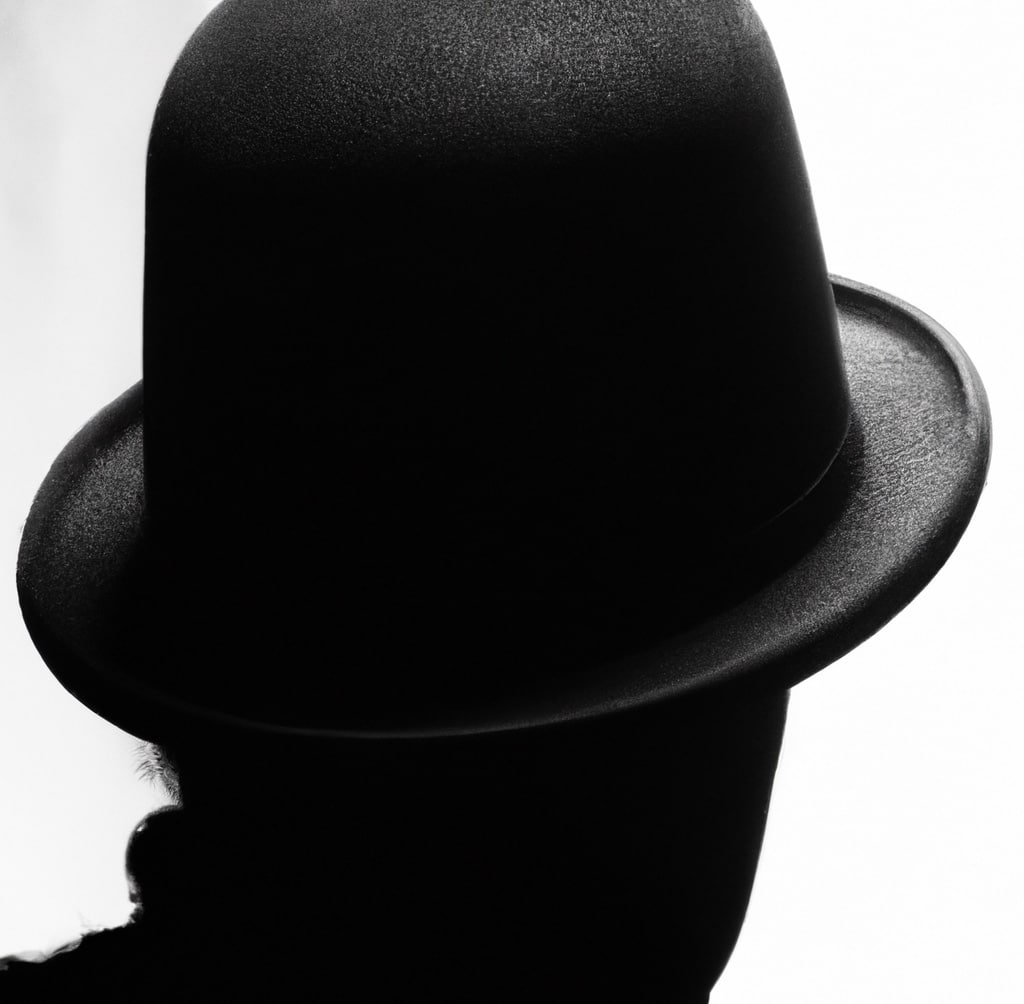
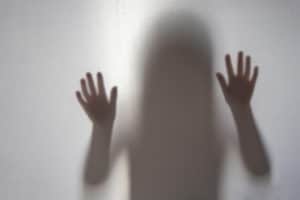
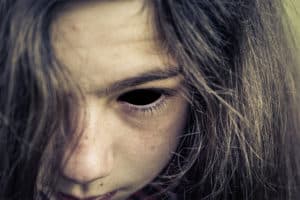
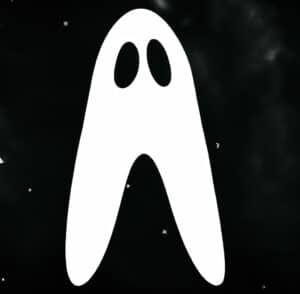

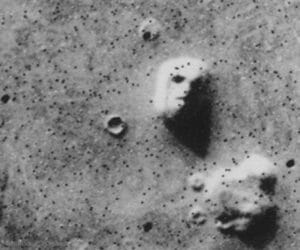

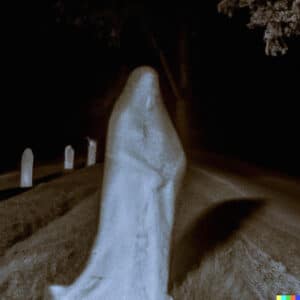
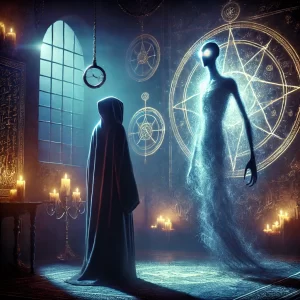


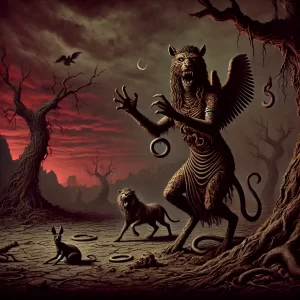

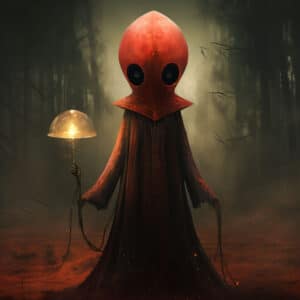
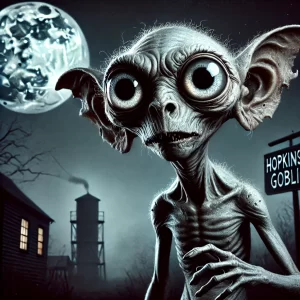


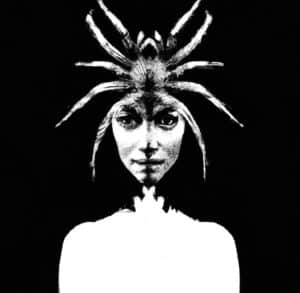


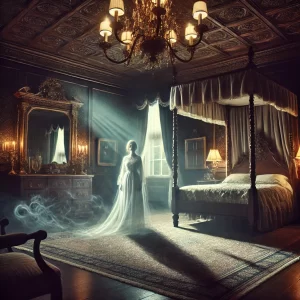




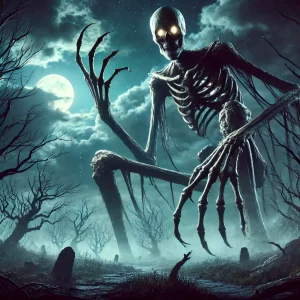

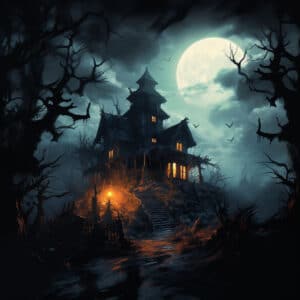

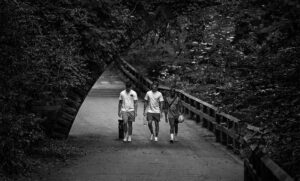
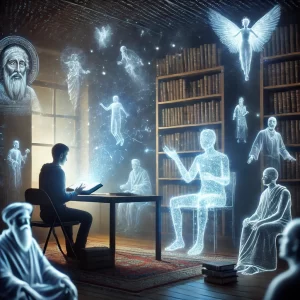
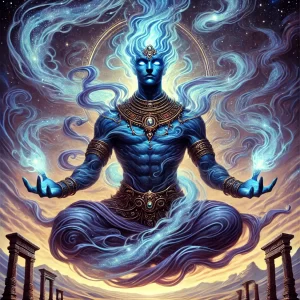
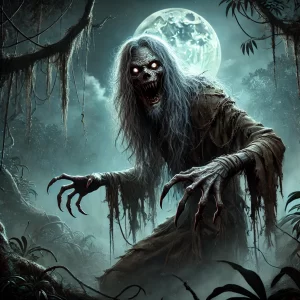


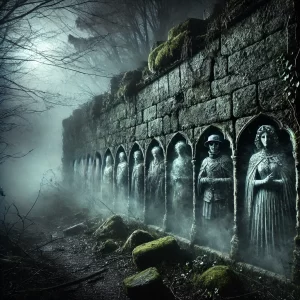





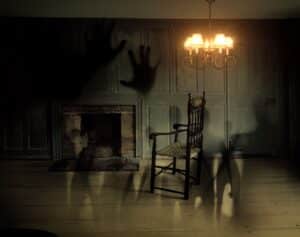
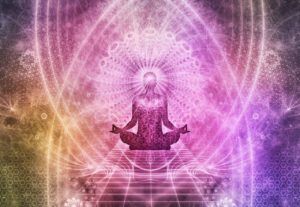





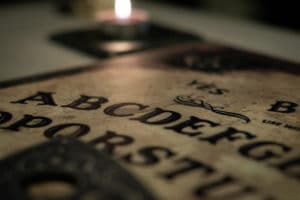
Leave a Reply